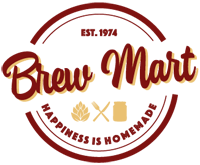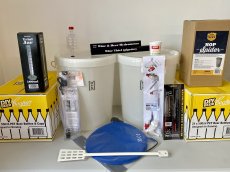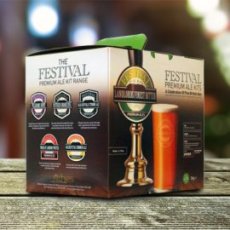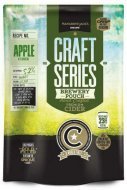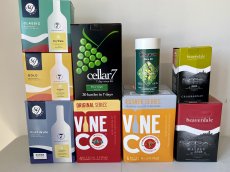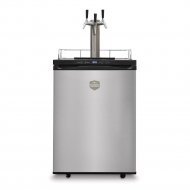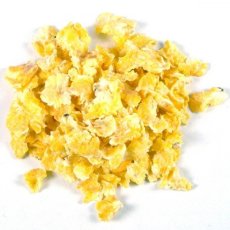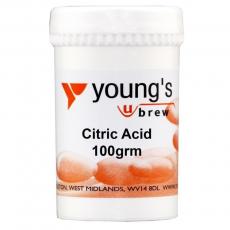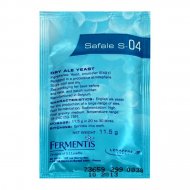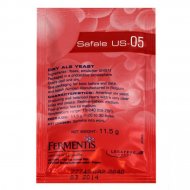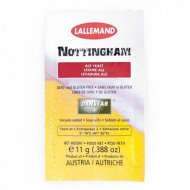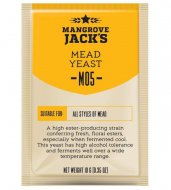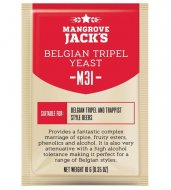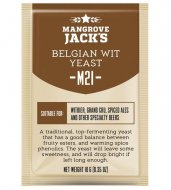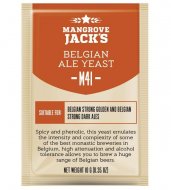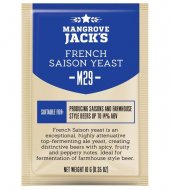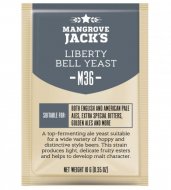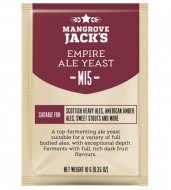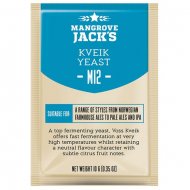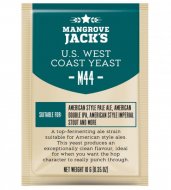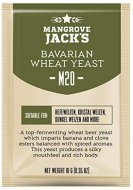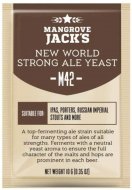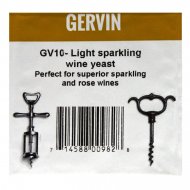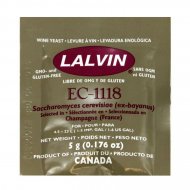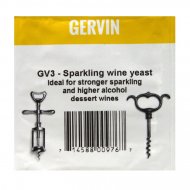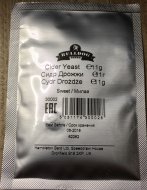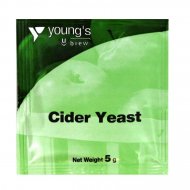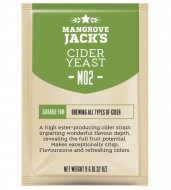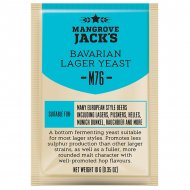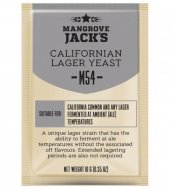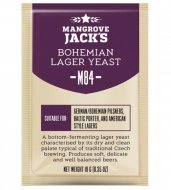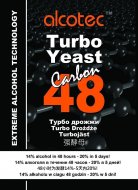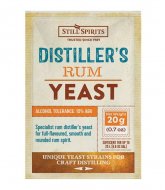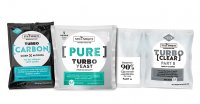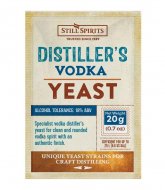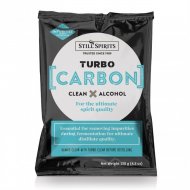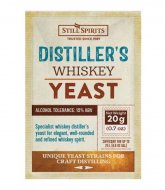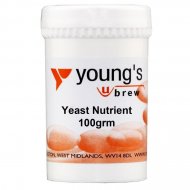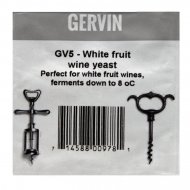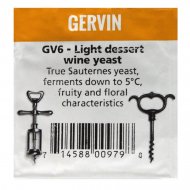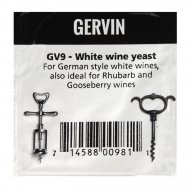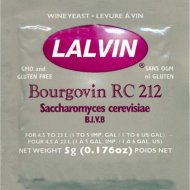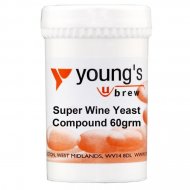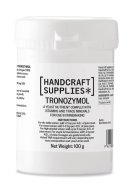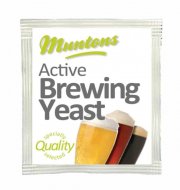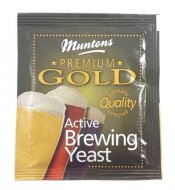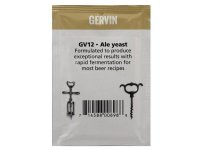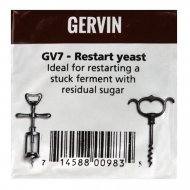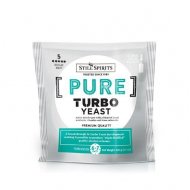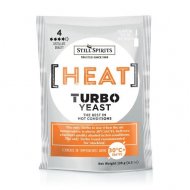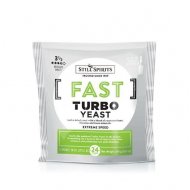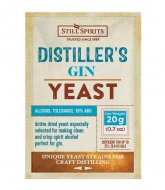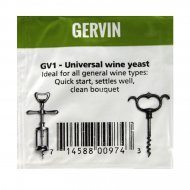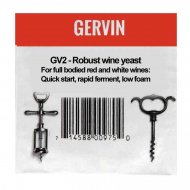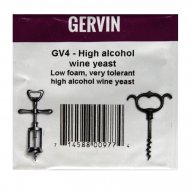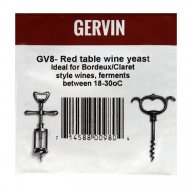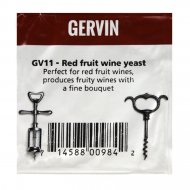Sign up to the Brew Mart newsletter for the latest news, offers & more
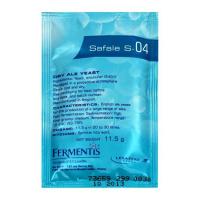
Home Brew Yeast
Buy Brewers yeast
Yeast is a natural single-celled microorganism that multiplies by reproducing itself when suitable conditions are in place
In homebrewing, yeasts are responsible for converting fermentable sugars into alcohol.
Home Brew Yeast
Yeast is a natural single-cell organism that requires moisture, warmth and food to grow. It converts its food—sugar and starch—into carbon dioxide and alcohol through fermentation. The carbon dioxide makes baked goods rise. In homebrewing, yeasts are responsible for converting fermentable sugars into alcohol. People have been aware of these properties and have used them for thousands of years.
There are hundreds of varieties and strains of yeast for brewing.
By the late 1700s, two new brewing yeast strains used in brewing had been identified: S. carlsbergensis (bottom-fermenting yeast) and Saccharomyces cerevisiae (top-fermenting yeast).
Alcoholic beverages
Beverages such as wine, beer, cider, mead or distilled spirits use yeast during production.
Alcoholic beverages are defined as beverages since they contain ethanol (C2H5OH).
Ethanol is mainly produced by fermentation – the metabolism of carbohydrates (sugar) by certain species of yeasts (Spirit yeasts) under anaerobic or low-oxygen conditions.
Carbohydrate (sugar)-containing plant material is fermented by yeast, creating a dilute solution of ethanol during the process.
Spirits such as rum, whiskey and other spirits are produced by distilling these dilute solutions of ethanol.
Ingredients other than ethanol are collected in the condensate. These components are esters, water, and other alcohols, which account for the beverage's flavours.
A distilled spirit is a beverage containing ethanol that is purified by distillation.
Beer YeastBest yeast for beer
Beer yeasts may be identified as "top-fermenting" and "bottom-fermenting".
Ale Yeast is commonly identified as top or surface fermenting yeasts due to the yeast rising to the top during use. The yeast rising to the surface creates a rich, very thick yeast head.
That is where the term "top-fermenting" comes from with ale yeasts.
Using ale yeasts at these warmer temperatures produces a beer high in esters, which most regard as the distinctive character of ale beers.
An example of a top-fermenting yeast is Saccharomyces cerevisiae.
Bottom-Fermenting Yeast | Lager yeast
Some of the styles of lager made from bottom-fermenting yeasts are Dortmunders, Bocks, Märzen, Pilsners, and American malt liquors.
The best use of a Lager yeast strain is at temperatures ranging from 7 to 15°C.
At these lower temperatures, lager yeasts do not grow as fast as ale yeasts and do not produce as much surface foam; the yeast tends to settle out at the bottom of the fermenter as fermentation nears its end.
The final flavour of the lager will depend on the strain of lager yeast and the temperatures at which it was fermented.
Bottom-fermenting yeasts are mainly used to create lagers. However, they do also produce ale-type beers.
An example of bottom-fermenting yeast is Saccharomyces pastorianus.
The temperatures needed for Ale yeasts to ferment range from 10 to 25°C. However, some strains will not actively ferment below 12°C (33).
The most common top-fermenting brewer's yeast, S. cerevisiae, is the same species as baking yeast.
Brewer's yeast is very rich in essential minerals and B vitamins.
However, brewing and baking yeasts belong to different strains. These are cultivated to favour other characteristics required for their individual use.
- Brewing yeast strains act more slowly but produce fewer off-flavours and tolerate higher alcohol concentrations. Some strains can accept up to 22%.
- Baking yeast strains are much more aggressive. They carbonate dough as quickly as possible;
Yeast is an essential component in winemaking, where it converts the sugars present (glucose and fructose) in grape juice into ethanol.
Yeast is usually already present on the grape skins. Fermentation can be achieved with this "wild yeast", but this procedure gives unpredictable results, depending on the skin's exact types of yeast species.
A pure wine yeast culture is preferable to use with the wine must. A pure yeast quickly dominates the fermentation, and the wild yeasts are repressed. Using pure wine yeast ensures a predictable and reliable fermentation.
The actual strain of wine yeast selected can directly impact the finished wine flavour.
Significant research is ongoing to develop new wine yeast strains. These unique wine yeasts will produce atypical flavour profiles or increased wine complexity.
